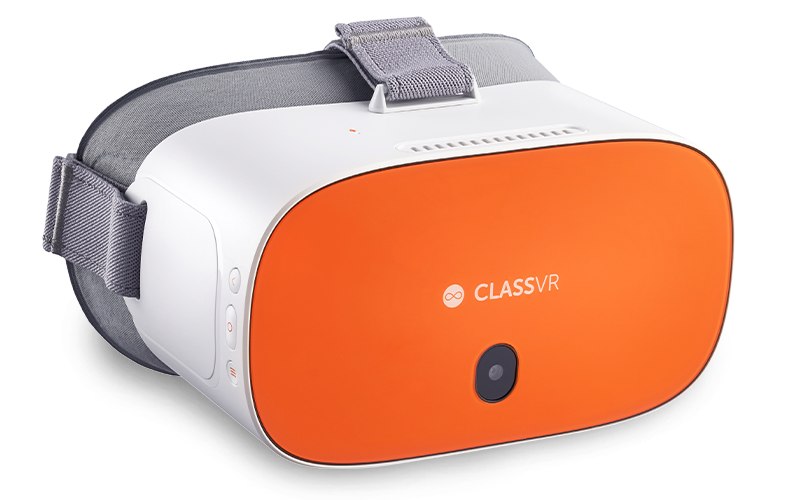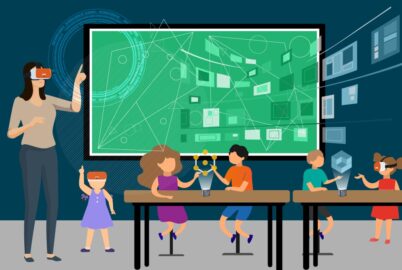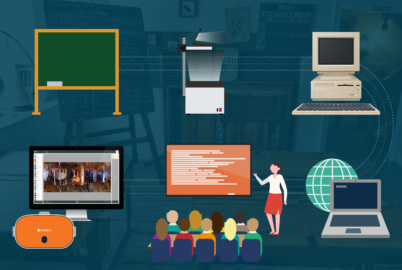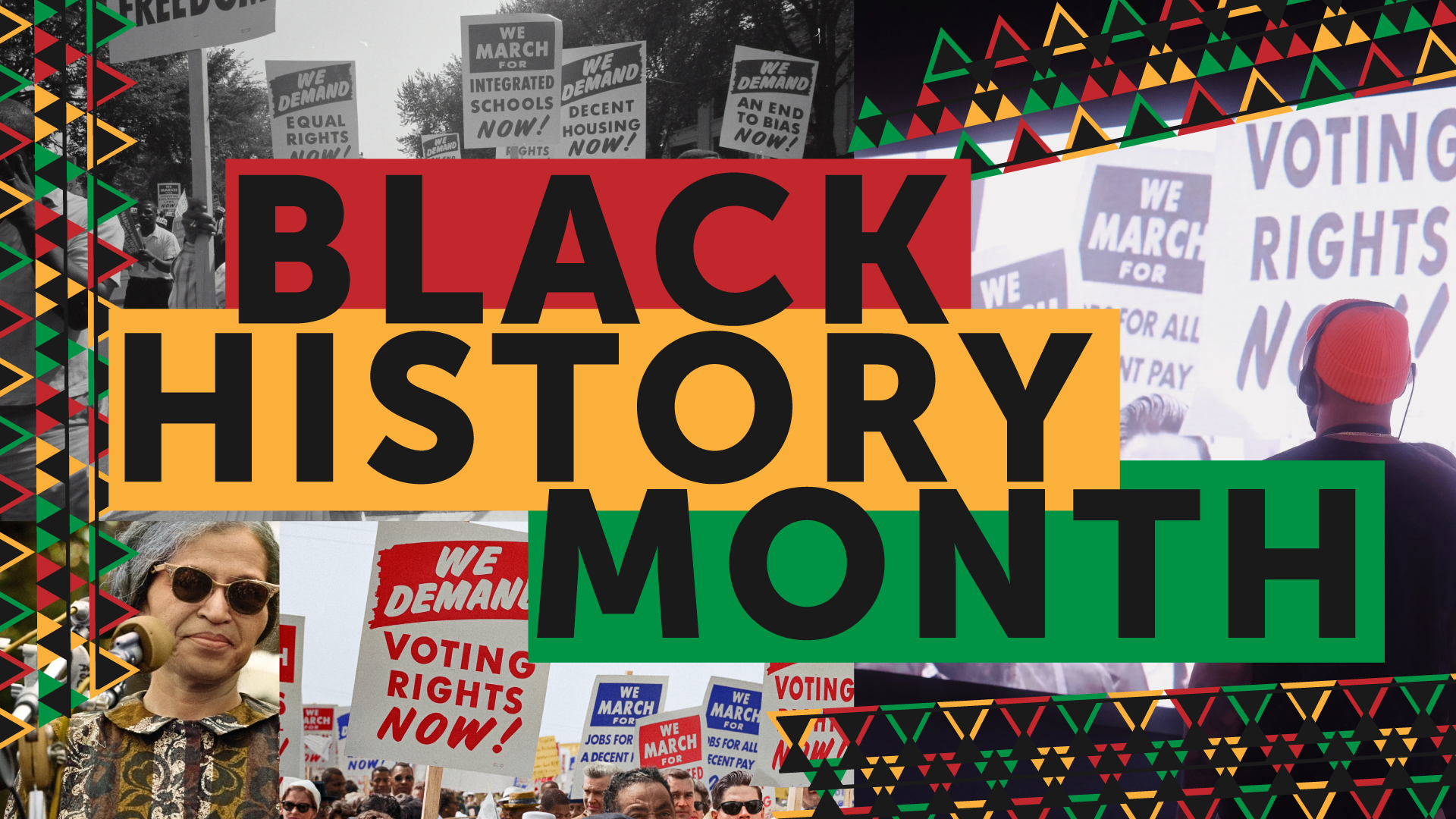
February is here, and ClassVR is celebrating Black History Month.
Black history is an integral part of American history curriculum year-round. When students learn about World War II battles, they’re also learning about the Tuskegee Airmen, the first Black aviators in the US Army Air Corps. When students hear about the development of technology in the 20th century, they’re learning about the achievements of Black inventors such as Mark Dean, holder of three of the nine patents for IBM’s first personal computer. When students learn about the 1920s, they’re learning about how Black artists in the Harlem Renaissance formed a movement that created groundbreaking literature, poetry, music, and more.
Black History Month spotlights the achievements of Black Americans and highlights the impact of their accomplishments. Events like the Civil Rights Movement have been so integral to shaping the United States that it is crucial for students to understand their importance. That’s why we’re highlighting our virtual reality scenes that help students visualize, explore, and comprehend some pivotal events and figures in Black history and, thus, American history.
Table of contents
How we’re marking Black History Month
At ClassVR, we create virtual reality scenes that allow students to walk through places throughout history and space, ranging from the tomb of Ramesses VI in Ancient Egypt to the surface of Mars. Together with each virtual reality scene, we include literature for students and teaching resources for instructors.
Among our collection are four key scenes that we’re making free to access throughout February as we mark Black History Month.
Black history scenes
Slavery in America
The impact of slavery on American history is immense. From the early 1600s, the labor of enslaved Black people was integral to the prosperity of the place that would become the United States. Even after slavery was abolished in the United States in 1865, its aftereffects continued to shape the country.
By learning this history, students can better understand the stories of many of the notable Black individuals whose lives are celebrated during Black History Month. Students will be introduced to Black abolitionists and activists like Harriet Tubman, who helped Black people escape slavery via the Underground Railroad. Not to mention orators like Frederick Douglass and Sojourner Truth, who worked to sway the tide of public opinion toward the necessity of abolition and civil rights.
Our virtual reality scene on slavery in America invites students to explore three key areas:
- The Origins of the American Slave Trade
- Plantations
- The American Civil War
Civil Rights Movement
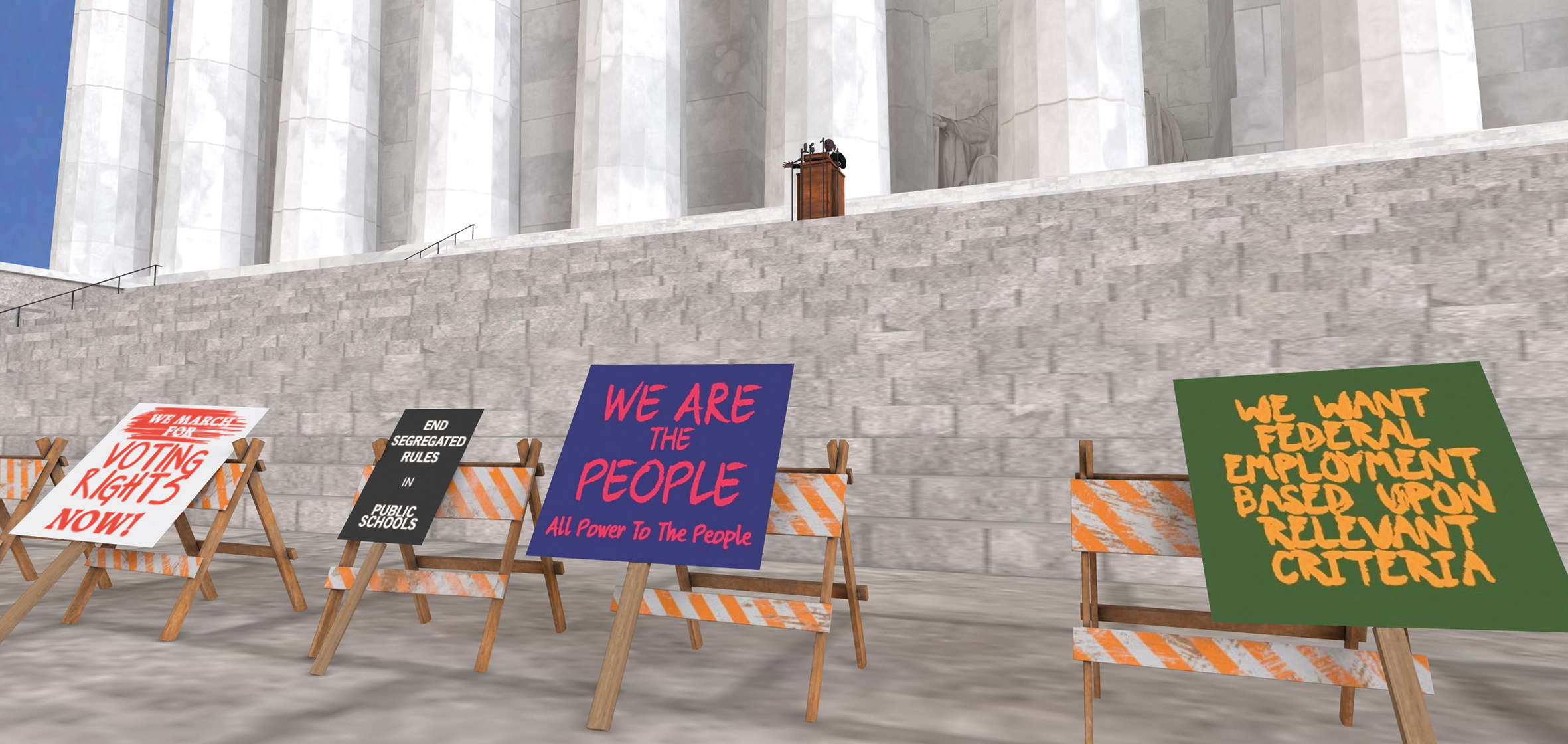
Civil rights groups were active from the time the Civil War ended, but they usually received little attention. In the mid-1950s, Black activists began to lead marches, protests, and boycotts and to engage in acts of civil disobedience that gained widespread notice. Americans of all races became more aware of the racism and violence Black people faced in the South. A series of legal rulings and new federal laws during this period helped end segregation, reduce institutionalized discrimination, and protect the civil rights of Black people and members of other minority groups. By examining the events of the Civil Rights era, students recognize how American society changed and how the Civil Rights Movement’s leaders helped make these changes happen.
Our scene on the Civil Rights Movement takes students to the steps of the Lincoln Memorial, where Dr. Martin Luther King Jr. gave his famous “I Have a Dream” speech. This scene is the starting point for student learning on three main topics:
- Freedom and Discrimination
- The Civil Rights Movement
- The Activists
We delve into the Civil Rights Movement in more depth with two more scenes below.
Rosa Parks
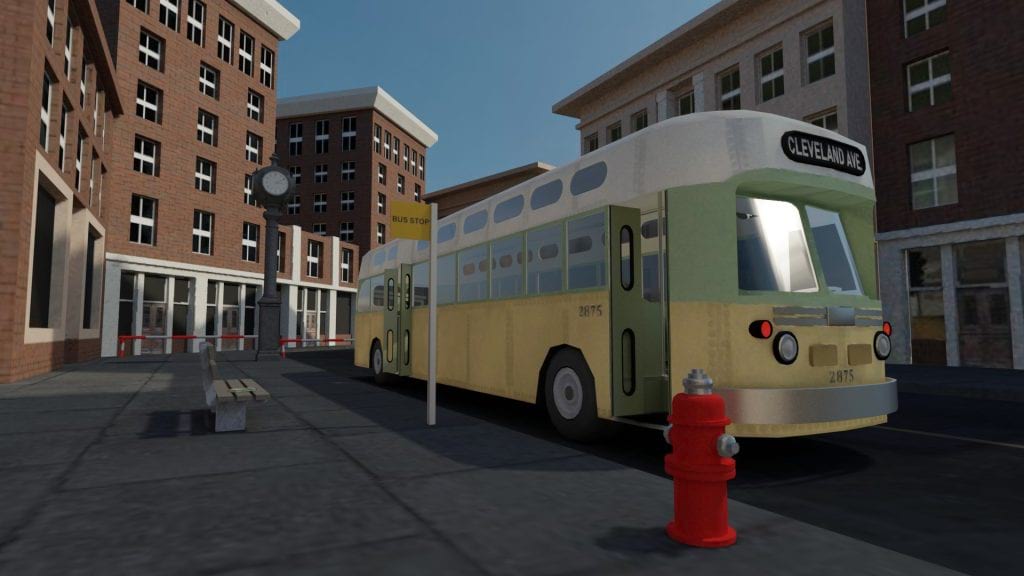
Rosa Parks’ refusal to give up her seat on a bus to a white person and her subsequent arrest helped inspire the year-long boycott of buses by Black residents in Montgomery, Alabama. Students may already be familiar with Rosa Parks, so our scene aims to help them understand how her actions fit into the larger frame of the Civil Rights Movement.
This scene also offers a springboard for students to learn about the larger context of Parks’ protest, particularly racial discrimination and segregation in the American South in the 1950s.
In this scene, students will explore three parts of Rosa Parks’ story:
- Who was Rosa Parks?
- What happened on December 1, 1955?
- Where else did segregation occur during this time period?
Selma-to-Montgomery civil rights marches
The last scene we’re sharing for Black History Month focuses on the 1965 civil rights marches from Selma, Alabama, to Montgomery, the capital of Alabama.
This series of marches, two of which were led by Dr. Martin Luther King Jr., aimed to help Black people secure voting rights in Alabama. State laws created barriers that made it nearly impossible for Black people to vote or even register to vote.
The police violence protesters encountered during the first march led that day to be called “Bloody Sunday.” The brutality of these events, which were widely shown on TV news reports, shocked the nation and spurred President Lyndon B. Johnson to introduce the bill that would become the Voting Rights Act. This act sought to eliminate the legal barriers that had been designed to stop Black people from voting.
We aim to help students understand how events related to the marches influenced the views of the nation and of the president and, therefore, changes to the law.
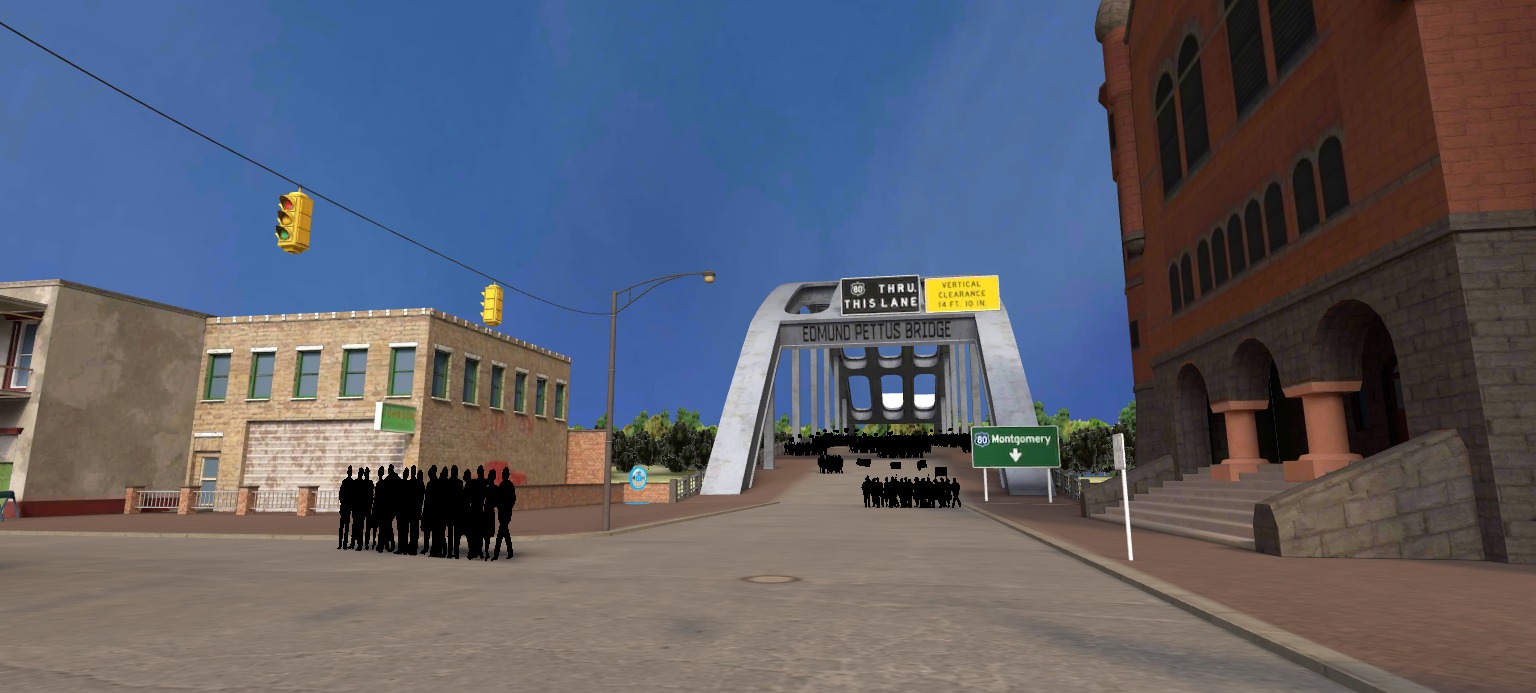
How to access these scenes for your students
We invite you to examine and use these scenes with your students as part of your Black History Month lesson planning.
During February, these four scenes and accompanying learners’ notes will be free to anyone signed up to the Eduverse website. You can access them via your browser or via the ClassVR headsets. Also available are a selection of free scenes that showcase our other offerings. Those who are signed up with a subscription can access a teacher’s guide for each scene as well.
As you and your students explore the richness of Black history, we hope these scenes will shed light on some key topics that are a pivotal part of the story of the United States.
